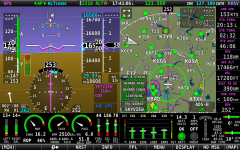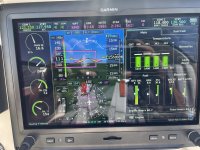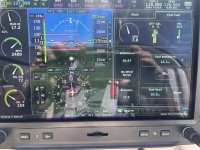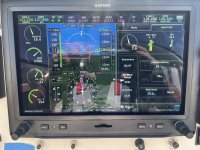PilotjohnS
Well Known Member
I am flying my RV9A with a IO320 on cross countries.
Vans lists the range as 850 miles.
But I cant see how anyone can get this. I can probably get 600 out of mine, but no where near the Vans numbers.
Is there any data to support the Vans listed range?
What is a reasonable range?
Does cruising in the teens allow more range?
Vans lists the range as 850 miles.
But I cant see how anyone can get this. I can probably get 600 out of mine, but no where near the Vans numbers.
Is there any data to support the Vans listed range?
What is a reasonable range?
Does cruising in the teens allow more range?








